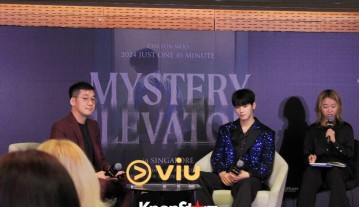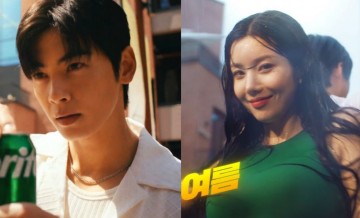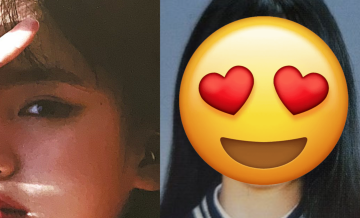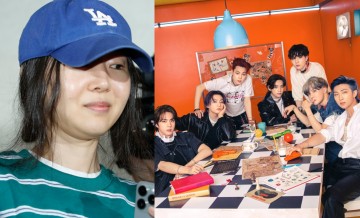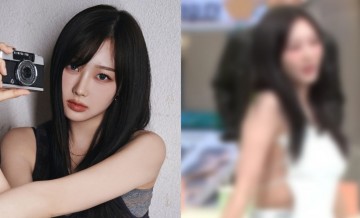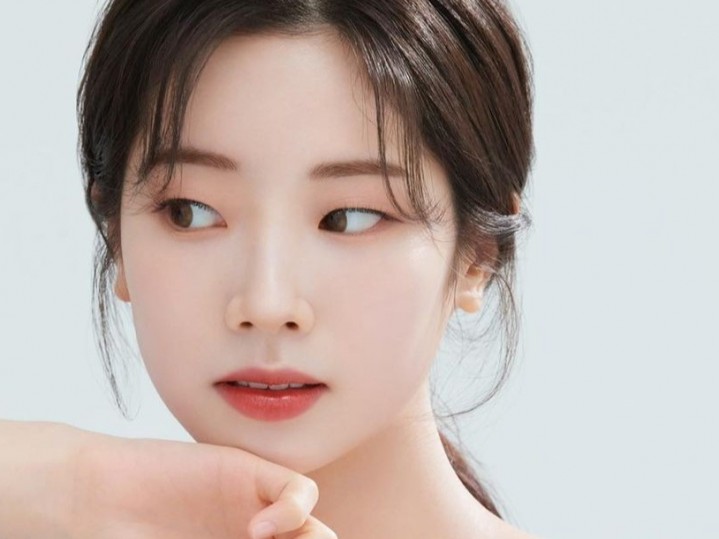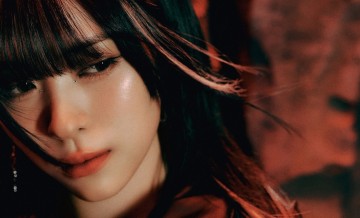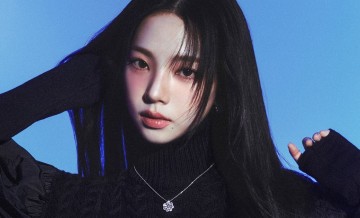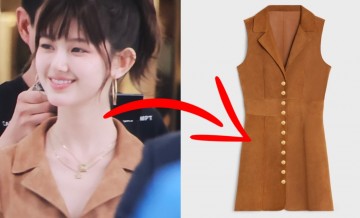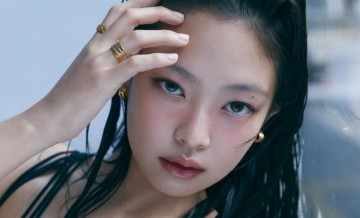Korean Style: Tie-Dyeing Socks Are Fun and Creative
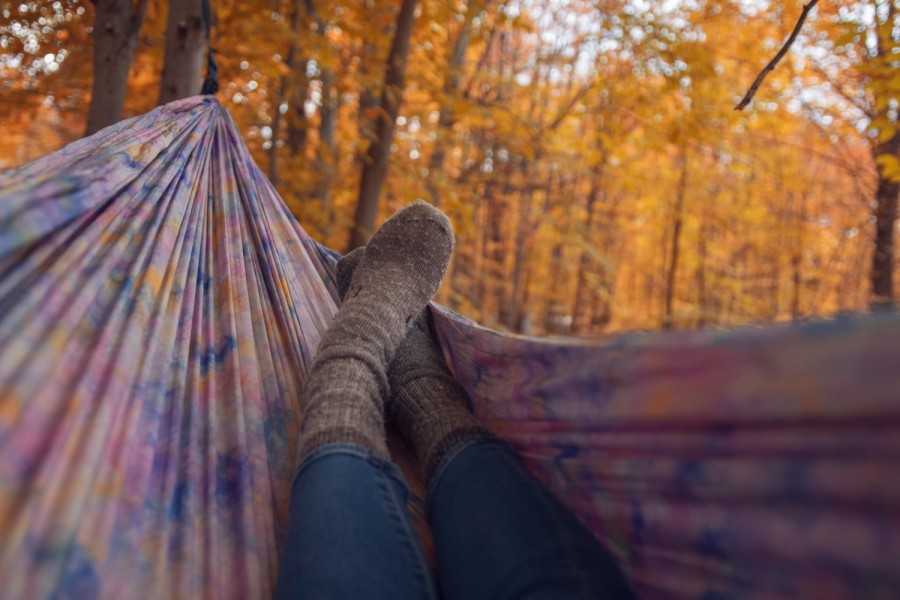
Tie-dye socks are socks that have been decorated using the tie-dye technique, a method of dyeing fabric by tying sections of it to create different patterns and designs. This technique involves folding, twisting, pleating, or crumpling the fabric (in this case, socks) and then applying dye to it. The areas tied off with rubber bands or strings resist the dye, creating unique patterns.
The result is a pair of socks with colorful, often psychedelic, patterns that are unique to each piece. No two tie-dyed items are exactly alike, as the method of tying and dyeing can vary widely. This method is famous for creating custom, vibrant, and creative clothing, especially in casual and artistic contexts. Tie-dye socks are a popular DIY project and are also often available for purchase as a fashion accessory.
Tie-dyeing socks are a fun and creative way to add some color to your wardrobe. Here's a step-by-step guide:
-
Gather Materials: You'll need white cotton socks, fabric dye in your colors, rubber bands, plastic gloves, squeeze bottles, plastic wrap, and a plastic tub.
-
Prepare the Dye: Follow the instructions on the fabric dye package to mix the colors in squeeze bottles.
-
Wet the Socks: Before tying, wet the socks with water and wring them out. This helps the dye absorb better.
-
Tie the Socks: Use rubber bands to tie the socks into the desired pattern. Common patterns include spirals, stripes, or bullseyes. For a spiral, pinch the sock in the middle and twist; for stripes, fold or roll the socks and then tie at intervals; for bullseyes, pick a point and apply rubber bands outward in circles.
-
Apply the Dye: Wear gloves and apply dye to the socks using the squeeze bottles. Be sure to apply the dye in each section between the rubber bands and rotate to cover all sides. You can use one color or multiple colors.
-
Wrap and Set: Once dyed, wrap the socks in plastic wrap to keep them damp. Leave them to set for 6-8 hours or overnight for more vibrant colors.
-
Rinse and Wash: After the dye has set, rinse the socks under cold water until the water runs clear, then remove the rubber bands. Finally, wash the socks in a washing machine with a small amount of detergent and dry them.
Tie-dye socks in Korean style can be a unique blend of traditional tie-dye techniques with modern, minimalist Korean fashion sensibilities. Here's how you might see tie-dye socks incorporated into Korean-style fashion:
-
Subtle Color Palettes: Korean fashion often emphasizes subtlety and minimalism. Tie-dye socks in this context might use pastel or muted colors instead of the bright, neon colors often seen in traditional tie-dye.
-
Simple Patterns: Instead of complex, psychedelic patterns, Korean-style tie-dye might focus on simpler designs. This could include soft gradients, gentle swirls, or even color blocking with tie-dye elements.
-
Styling with Fashion Trends: In Korean fashion, tie-dye socks can be paired with popular clothing items like oversized sweatshirts, wide-leg pants, or pleated skirts. The key is to let the socks add a pop of color and pattern to an otherwise understated outfit.
-
Layering: Layering is a significant aspect of Korean fashion. Tie-dye socks can be layered with different textures and lengths of clothing, like peeking out from under cropped jeans or complementing a pair of stylish sneakers.
-
Streetwear Influence: Korean streetwear often incorporates unique and eye-catching elements. Tie-dye socks can add an unexpected twist to streetwear outfits, blending in with the eclectic and vibrant nature of this style.
-
Accessorizing: Accessories play a significant role in Korean fashion. Tie-dye socks can be seen as an accessory in themselves, adding a personal touch to an outfit.
In summary, tie-dye socks in Korean style would be about blending the playful and creative aspects of tie-dye with the refined, trendy, and often more restrained elements of Korean fashion. The focus would be on creating a harmonious yet distinctive look that stands out subtly.
